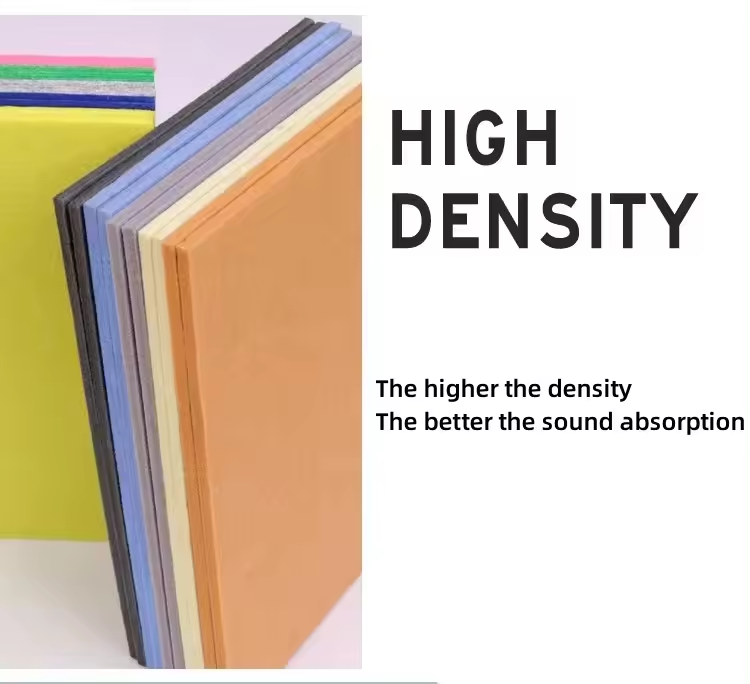The Versatility of Perforated Felt Panels in Modern Design
In the quest for functional yet aesthetically pleasing architecture, perforated felt panels have emerged as a powerful design tool. These innovative materials not only enhance the acoustic properties of spaces but also contribute significantly to their visual appeal. In this article, we explore the benefits, applications, and design potential of perforated felt panels, making them an essential choice for contemporary environments.
Understanding Perforated Felt Panels
Perforated felt panels are composed of felt material, which is made from compressed fibers, often derived from wool, polyester, or other synthetic materials. The panels feature a series of holes or patterns, strategically placed to optimize acoustics while still retaining the soft, warm texture of felt. This unique combination makes them a perfect fit for various interior applications, from commercial spaces to residential settings.
Acoustic Benefits
One of the primary advantages of perforated felt panels is their superior acoustic performance. The perforations allow sound waves to penetrate the panel, which then absorbs and dissipates sound energy. This property is particularly beneficial in spaces where noise reduction is essential, such as offices, schools, and concert halls. By minimizing echo and controlling reverberation time, these panels create a more comfortable auditory environment, facilitating better communication and concentration.
Aesthetic Appeal
Beyond their functional traits, perforated felt panels are also highly versatile in terms of design. Available in various colors, textures, and patterns, they can be customized to suit the aesthetics of any space. Whether installed as wall treatments, ceiling tiles, or decorative partitions, these panels can transform an ordinary room into an inviting and stylish environment. The softness of felt adds warmth, while the geometric shapes created by perforations introduce a modern flair that appeals to both residential and commercial designers.
perforated felt panels

Applications
Perforated felt panels are suitable for a wide array of applications. In the corporate world, they are often used in open-plan offices to create designated quiet zones without sacrificing design integrity. In educational settings, these panels help mitigate noise, allowing students to focus better on their studies. In concert venues and auditoriums, they enhance sound quality, ensuring that every note is heard clearly.
Moreover, the panels can be creatively used in homes. They can serve as statement pieces in living rooms, reduce noise in busy kitchens, or act as decorative accents in children’s playrooms. The ability to create custom shapes and install them in various configurations makes perforated felt panels a favorite among interior designers looking to add personality and functionality to their projects.
Sustainability
Another compelling reason to choose perforated felt panels is their sustainability. Many manufacturers prioritize eco-friendly materials and production processes, making felt panels a greener choice compared to traditional building materials. Felt is often made from recycled fibers, and its durability means that it can withstand the rigors of daily use while maintaining its aesthetic appeal. This longevity contributes to a reduced environmental impact over time, making felt panels an excellent investment for eco-conscious designers.
Conclusion
In summary, perforated felt panels represent a harmonious blend of functionality and aesthetics. Their ability to enhance acoustic performance while offering a range of design possibilities makes them suitable for various environments. As more architects and designers seek solutions that cater to both practical needs and aesthetic desires, the popularity of perforated felt panels is likely to continue growing. By integrating these panels into modern designs, we can create spaces that are not only beautiful but also conducive to better living and working experiences. The future of design lies in materials like perforated felt that challenge traditional notions of what building components can achieve.
